The NanoES research community consists of faculty from across the College of Engineering with a common interest in nanosystems.
The following faculty members have dedicated lab or office space in the NanoES building:
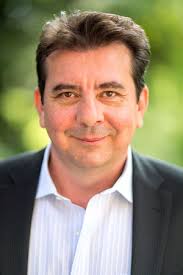
François Baneyx
Director, CoMotion
Interim Vice Provost for Innovation
Charles W.H. Matthaei Professor of Chemical Engineering
baneyx@uw.edu | Website
The Baneyx Lab develops innovative sensors and sensing strategies, and builds proteins capable of controlling the nucleation, growth, crystallography, assembly and reconfiguration of hybrid organic-inorganic-synthetic materials at the nanoscale. Baneyx is the Director of CSSAS, a new center whose mission is to harness the complex functionality of hierarchical materials by mastering the design of high-information-content building blocks that predictively self-assemble into responsive, reconfigurable, self-healing materials, and direct the formation and organization of inorganic components.
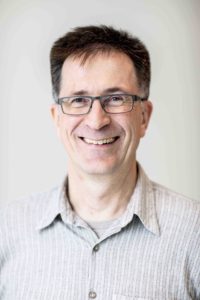
Karl Böhringer
Director of the Institute for Nano-Engineered Systems;
Professor of Electrical & Computer Engineering and Bioengineering
karlb@uw.edu | Website
The Böhringer Lab develops microelectromechanical systems (MEMS) devices which are micro- or nanofabricated much like integrated circuits (computer chips), but are designed to move or perform mechanical functions. Projects include walking micro-robots, implantable ocular pressure sensors, and self-cleaning solar panels.
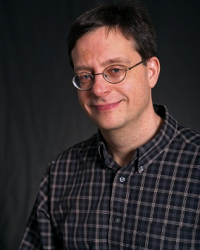
David Cobden
Professor of Physics
cobden@uw.edu | Website
The Cobden Research Group studies the physics governing nanoscale systems, in particular nanowires, nanotubes and two-dimensional (2D) materials like graphene and transition-metal dichalcogenides. and fabricates nanoscale systems like nanowires, nanotubes, and 2-dimensional materials. The nano-objects grown in the lab are subsequently built into various kinds of devices using micro- or nano-fabrication techniques. Applications of this work include sensing, energy storage, and information processing.
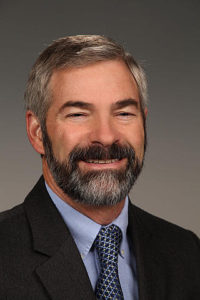
Jim De Yoreo
Chief Scientist for Materials Synthesis and Simulation Across Scales at PNNL;
Affiliate Professor of Materials Science and Engineering and of Chemistry
james.deyoreo@pnnl.gov | Website
De Yoreo's research spans a wide range of materials-related disciplines, focusing most recently on in situ AFM and TEM investigations of interactions, assembly, and crystallization in biomolecular and biomineral systems. De Yoreo is the co-Director of NW IMPACT (Northwest Institute for Materials Physics, Chemistry, and Technology) a new collaboration between UW and PNNL to advance next-generation materials in energy, security, manufacturing, transportation, biomedical and information technologies.
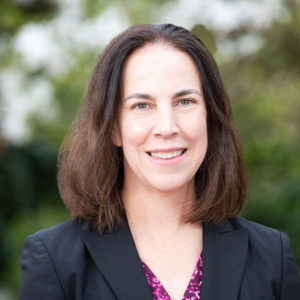
Lara Gamble
Director of Molecular Analysis Facility (MAF)
Research Associate Professor of Bioengineering
lgamble@uw.edu | Website
Gamble's research is geared toward the development of techniques for improved analysis of the biomolecule-surface interfaces and multimodal imaging of biologically relevant samples. She also serves as the director of the MAF, a fully-staffed instrumentation facility with microscopy, spectroscopy, and surface science capabilities. The MAF is part of the National Nanotechnology Coordinated Infrastructure.
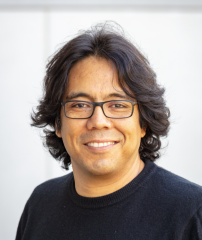
Juan Carlos Idrobo
Associate Professor, Materials Science and Engineering
jidrobo@uw.edu
Idrobo is a material physicist, with expertise in experimental electron energy-loss spectroscopy (EELS), scanning transmission electron microscopy (STEM) and theoretical calculations based on density functional theory (DFT). He is interested in pushing the boundaries and applications of EELS in STEM to study materials at the atomic and nanometer scale. His research synergistically combines analytical electron microscopy with first-principles methods to reveal the structure-property relationships in a plethora of material physics problems, in particular the influence of point and extended defects on macroscopic properties.

Vikram Iyer
Assistant Professor, Paul G. Allen School for Computer Science & Engineering
vsiyer@uw.edu | Website
As a graduate student in the UW Department of Electrical and Computer Engineering, Iyer worked with professors Shyam Gollakota and Sawyer Fuller on wireless technologies for resource constrained platforms. His team built a lightweight sensor system that can be carried by small drones or flying insects to collect data in remote areas. He also worked with Microsoft Research to build a low-cost cloud-connected environmental sensing platform to monitor air quality in cities. Iyer’s work in tracking technology helped Washington state entomologists locate dangerous Asian giant hornet nests and earned him Geekwire’s Innovation of the Year Award. As an assistant professor, he plans to continue building bio-inspired and bio-integrative wireless sensors.
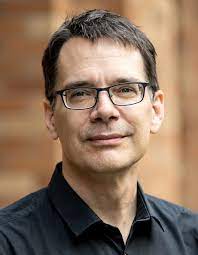
Eric Klavins
Professor of Electrical & Computer Engineering
klavins@uw.edu | Website
The Klavins Lab develops synthetic living systems, re-engineered organisms, and engineered parts for existing organisms with an emphasis on designing gene circuits and cell-cell communication systems to enable novel multicellular behaviors in bacteria or yeast.
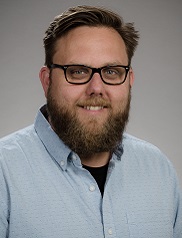
Justin Kollman
Assistant Professor of Biochemistry
jkoll@uw.edu| Website
The Kollman Lab examines the structures of the complex macromolecular machinery of cellular organization, with a focus on bacterial cytoskeletal systems and organelles, using cryo-electron microscopy and X-ray crystallography.
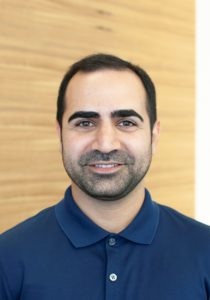
Mohammad Malakooti
Assistant Professor of Mechanical Engineering
malakoot@uw.edu | Website
The Malakooti Lab is developing new methodologies to synthesize and manufacture stable, mechanically robust, and functional nanomaterials that can be integrated into durable macrostructures in ways that harness their unique nanoscale properties. This research has many applications including the development of new multifunctional composites, integrated nanoscale devices, electronic skin (or "electronic tattoo"), and stretchable biosensors.
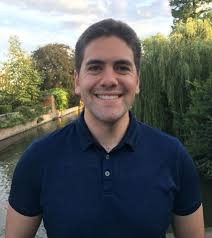
Lucas Meza
Assistant Professor of Mechanical Engineering
lmeza@uw.edu | Website
The Meza Lab investigates the mechanics of architected materials at micro- and nanometer length scales. Meza uses a range of micro- and nanofabrication techniques to create new classes of nanoarchitected materials with unprecedented mechanical properties.
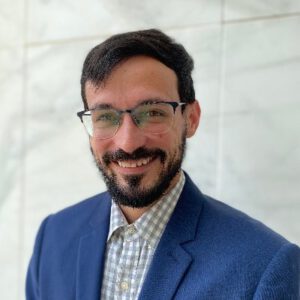
Jorge Marchand
Assistant Professor in Chemical Engineering
jmarcha@uw.edu | Website
Marchand’s research focuses on engineering organisms and enzymes to produce next-generation therapeutics, biochemicals, and biomaterials. He utilizes fundamental approaches in synthetic biology, chemical biology, biosynthesis, and biomolecular engineering to both extend the amino acid, nucleic acid and carbohydrate building blocks available in living systems for biosynthesis, and to use newly expanded metabolism to produce biomolecules with unique chemical and physical properties. At the UW, he plans to use both discovery and design to engineer proteins, pathways and organisms capable of making new-to-nature products.
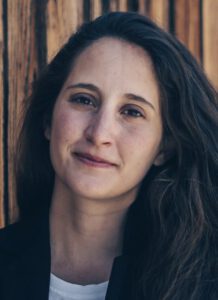
Sara Mouradian
Assistant Professor, Electrical & Computer Engineering
smouradi@ece.uw.edu | Website
Mouradian’s research interests include engineering control infrastructure for large trapped-ion quantum systems without degrading the quantum memory storage time. As an Intelligence Community Postdoctoral Fellow at UC Berkeley, Mouradian worked to demonstrate a multi-register optical control system for trapped-ion quantum sensing. At the UW, Mouradian plans to continue her work in photonic engineering and atomic physics to develop improved quantum systems. By using a fully integrated photonic control system, she aims to increase control and connectivity of engineered quantum systems, and apply these systems to test quantum technologies.
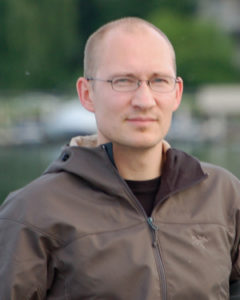
Igor Novosselov
Associate Professor of Mechanical Engineering
ivn@u.washington.edu | Website
The Novosselov Research Group conducts multidisciplinary research in areas of aerosol science, combustion and fluid dynamics. The group develops novel technologies related to particulates sampling and analysis and combustion pollution control.
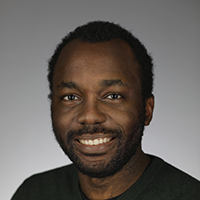
Ayokunle Olanrewaju
Assistant Professor of Mechanical Engineering
ayokunle@uw.edu | Website
Olanrewaju’s research applies principles from the physical and life sciences to solve pressing problems in diagnostics, precision medicine, and translational bioengineering. He uses 3D microfabrication, autonomous microfluidics, and molecular assays for rapid and user-friendly monitoring of medications to prevent treatment failure and improve healthcare outcomes. He aims to develop automated devices for healthcare monitoring at the point of need whether in a doctor’s office or a patient’s home.
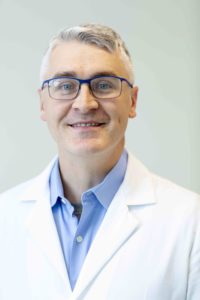
Peter Pauzauskie
Associate Professor of Materials Science and Engineering
peterpz@uw.edu | Website
Research in the Pauzauskie Lab is focused on the design, synthesis, and experimental characterization of biocompatible nanomaterials for targeted photothermal therapies.
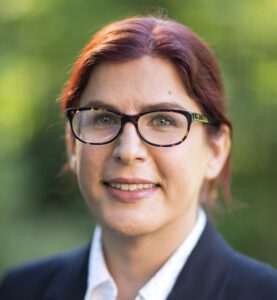
Lilo Pozzo
Boeing-Roundhill Professor for Excellence in Engineering, Interim chair in Materials Science and Engineering
dpozzo@uw.edu | Website
Research in the Pozzo group centers on the development, measurement and control of self-assembly processes for soft materials over nanometer and micrometer scales. This manipulation of complex material structures results in novel properties that optimize their use in engineering applications ranging from solar energy to nanomedicine.
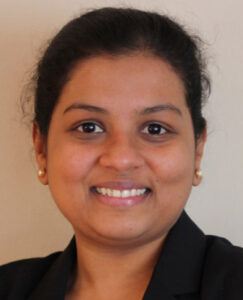
Chinmayee Subban
Affiliate Professor, Materials Science and Engineering
| Website
Subban is a Research Scientist in the Coastal Sciences Division at the Pacific Northwest National Laboratory and Affiliate Professor at the UW. At PNNL, she works on nanoscale ion-water transport, recovery of critical materials from seawater, development of advanced ceramics, materials for desalination and water treatment, ocean CO2 capture, and coastal resilience.
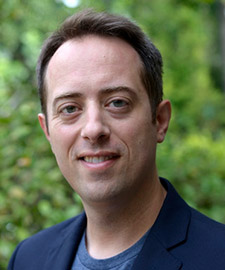
Christopher Thachuk
Assistant Professor, Paul G. Allen School for Computer Science & Engineering
thachuk@cs.washington.edu | Website
Thachuk’s research focuses on applying principles from computer science and engineering to create programmable matter at the nanoscale with bio-molecules such as DNA. He uses DNA and other substrates to program smart molecules that can sense their environment, perform robust and complex computations, and actuate a response at the nanoscale. He aims to build molecular processing architectures using DNA’s natural interface with chemical and biological systems and use molecular computers as a new avenue to store and process information electronically to enhance smart medicine, materials and manufacturing.
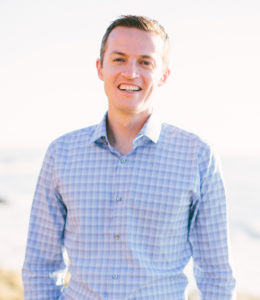
David Veesler
Assistant Professor of Biochemistry
dveesler@uw.edu | Website
The Veesler Lab investigates the structure and function of macromolecular complexes involved in the pathogenesis of infectious diseases to provide avenues for creating vaccines and therapeutics. They use cryo-electron microscopy, X-ray crystallography and mass spectrometry complemented by various biochemical and biophysical techniques to obtain multi-scale data ranging from atom to whole-cell.
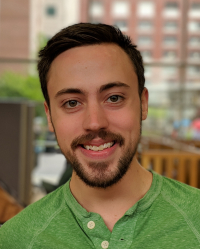
Matthew Yankowitz
Assistant Professor of Materials Science and Engineering and Physics
myank@uw.edu | Website
The Yankowitz Lab is an experimental condensed matter physics laboratory specializing in the investigation and control of novel electronic states in quantum materials, with a focus on atomically-thin van der Waals materials and heterostructures. The research group probes the nature of topology, correlations, magnetism, and symmetry in these materials. They characterize devices at low temperatures and in high magnetic fields with a combination of electrical transport measurements and scanning probe microscopy.
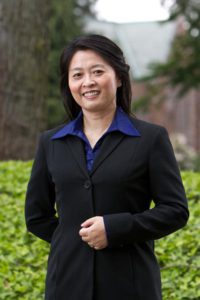
Miqin Zhang
Kyocera Professor of Materials Science & Engineering
mzhang@uw.edu | Website
The Zhang lab research interests include: nanotechnology for cancer diagnosis and therapy, biomaterials for tissue engineering and regenerative medicine, 3D natural polymer-based matrices for cancer research and drug discovery, and biosensors for chemical and biological agent detection and drug screening.
The following NanoES faculty members can be found across campus:
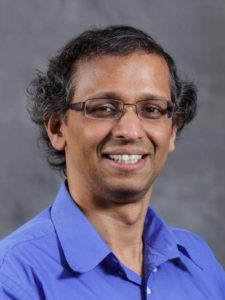
M.P (Anant) Anantram
Professor of Electrical & Computer Engineering
anantmp@uw.edu | Website
The Anantram Research Group combines the power of theoretical tools and computer modeling to study the physics of nanostructures made up of semiconducting and biological materials. Examples of projects from the Anantrum lab include DNA-based nanodevices and nano-engineered memory storage.
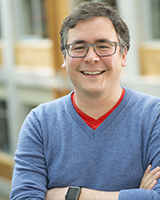
Luis Ceze
Professor of Computer Science & Engineering
luisceze@cs.washington.edu | Website
Professor Ceze and his research group work at the intersection of computer architecture, programming languages, machine learning, and biology. The Ceze lab is focused on improving the efficiency of devices by developing better memory storage, battery efficiency, and software reliability.
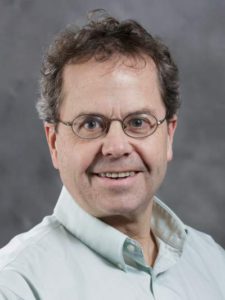
Scott Dunham
Professor of Electrical & Computer Engineering
dunham@uw.edu | Website
The Dunham Lab is focused on obtaining basic understanding of nanofabrication processes and device operation, applying that knowledge to produce better models, simulators and devices. Research within the lab includes model development for process simulation, application of a wide range of simulation and modeling tools for device design and optimization, and experimental studies of device fabrication.
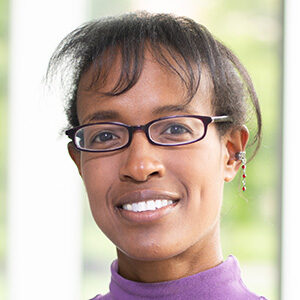
Serena Eley
Assistant Professor of Electrical & Computer Engineering
serename@uw.edu
Eley's Quantum Materials Group researches the role of disorder on electronic and magnetic properties of quantum materials and devices. More specifically, she studies the vortex-defect interactions in superconductors, skyrmion-defect interactions in magnetic materials and the effects of material microstructure on energy loss in superconducting circuits. Eley’s research work is applicable to the development of quantum computing systems, which show great promise for facilitating significant breakthroughs in science, medicine and engineering.
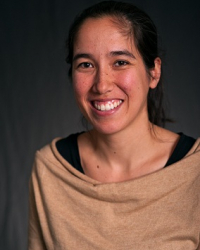
Kai-Mei Fu
Associate Professor of Electrical & Computer Engineering and of Physics
kaimeifu@uw.edu | Website
Professor Kai-Mei Fu and their research group study quantum defects in crystals for nanoscale optical and electronic devices. The Fu lab engineers and controls crystal defects to enable new technologies, including quantum entanglement for long-distance communication and nanoscale magnetism for biophysical imaging.
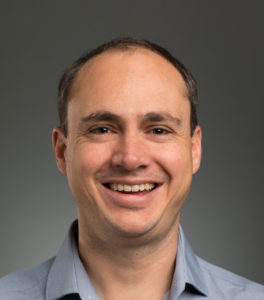
Sawyer Fuller
Assistant Professor of Mechanical Engineering
minster@uw.edu | Website
Professor Fuller and his research group focus on robotics that are inspired by the mechanics and sensorimotor systems of insects. The Fuller lab’s goal is to develop insect-sized robots that are capable of sensing and performing in the world without a human operator.
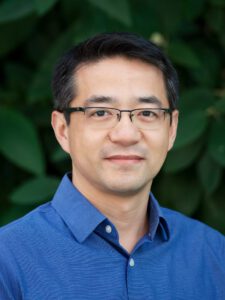
Mo Li
Associate Professor of Electrical & Computer Engineering and of Physics
moli96@uw.edu | Website
The Li Research Group focuses on integrated photonic devices, optoelectronic materials, and quantum phenomena. They study the fundamental coupling and interaction between photons, electrons, spins and phonons and fabricate nanodevices and structures using a variety of materials. They are developing novel devices for microwave, optical and quantum communication and computation, and building tools for chemical and biomedical sensing, medical diagnostics and neuroscience.
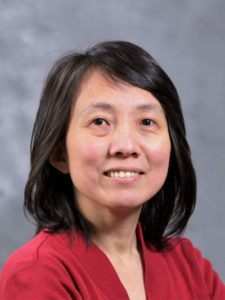
Lih Lin
Professor of Electrical & Computer Engineering
lylin@uw.edu | Website
The Lin Research Group studies light, photons, optical devices and systems for applications in nanophotonics and biophotonics.
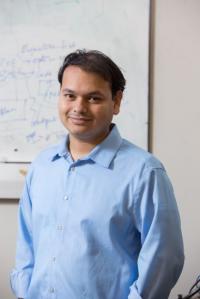
Arka Majumdar
Assistant Professor of Electrical & Computer Engineering and of Physics
arka@uw.edu | Website
The Majumdar Research Group studies light-matter interactions to develop nanophotonic devices engineered to enable few photon optoelectronics.
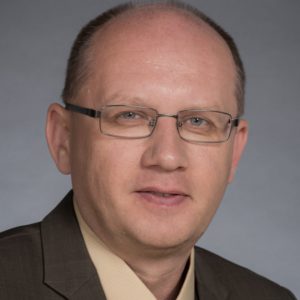
Alex Mamishev
Professor of Electrical & Computer Engineering
mamishev@uw.edu | Website
The Mamishev Research Group is focused on sensor and sensor array design using electric, magnetic, acoustic, and thermal fields.
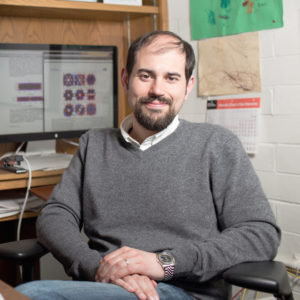
David Masiello
Associate Professor of Chemistry
masiello@uw.edu | Website
The Masiello Research Group is building a theoretical understanding of nanoscale optical, magnetic, electronic, and thermal phenomena mediated by surface plasmons. Of particular interest is the fundamental science of light manipulation, especially in nanomaterials capable of directing light towards desired pathways, such as optical-frequency magnetism, spatially-directed thermal patterning, room-temperature quantum information processing, and enhanced solar-energy conversion.
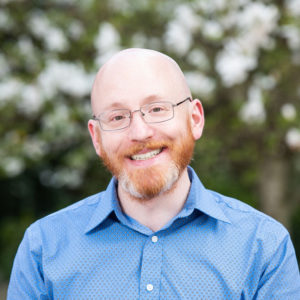
Dan Ratner
Associate Professor of Bioengineering
dratner@uw.edu | Website
The Ratner Lab focuses on the development of synthetic and biophysical tools to analyze glycan-dependent interactions at the surface of cells, tissues, and biomaterials. Leveraging molecular engineering, carbohydrate chemistry, advanced surface modification and analysis, and label-free biosensing technologies, Ratner aims to unravel the roles played by carbohydrates and glycoconjugates in biological systems and apply this knowledge to engineer new molecular diagnostics and therapeutics.
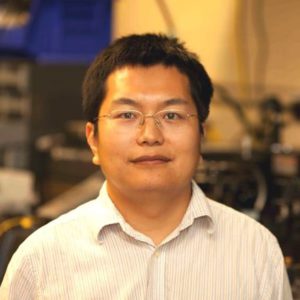
Xiaodong Xu
Professor of Materials Science and Engineering
xuxd@uw.edu | Website
The Xu Lab seeks to understand the optical, electronic, and quantum properties of novel solid state nanostructures by nanoscale device design, optical spectroscopy, electrical transport, and scanning photocurrent measurements.